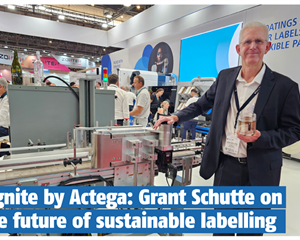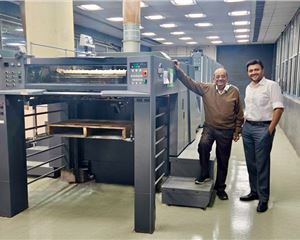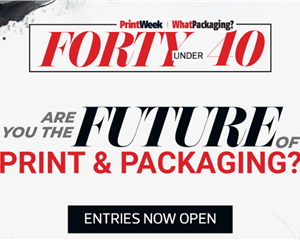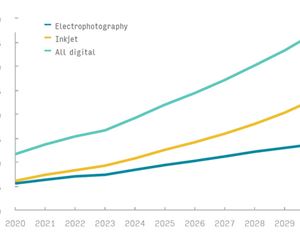Adobe announces Adobe PDF Print Engine 7
PDF Print Engine 7 integrates new functions into the rendering pipeline (inside the RIP), reducing the need for specialised skill sets and eliminating separate pre-press operations
07 May 2025 | By PrintWeek Team
Adobe announced Adobe PDF Print Engine 7, the release includes several rendering innovations that have been welcomed by print OEMs and RIP solution providers who integrate Adobe technology into their prepress products. The new features can leverage the scalability of the Mercury RIP Architecture.
Combining pre-RIP functions with in-RIP rendering results in fewer manual interactions, more automation, and faster production. These new capabilities will accelerate high-volume custom printing, web-to-print job submission, direct-to-garment printing, and a range of industrial and packaging workflows.
The new feature overcomes the challenging technical hurdles of transparency blending for expanded colour gamut (ECG) print jobs. It blends transparency and separates plates for presses with CMYK plus any combination of inks, for example, orange and/or green and/or violet (CMYK+OGV). As per an Adobe press note, "Jobs that contain one or more transparent elements will take full advantage of the press gamut, enabling all images and graphics in the job to appear more vivid and attention-getting. This breakthrough feature will help to accelerate the adoption of multicolour ECG printing for digital, offset, and flexo production."
Consumer package goods (CPG) manufacturers need connected packaging to fight counterfeiting and track distribution logistics. The new feature will help to accelerate the adoption of product authentication and to streamline the production of simple direct mail. Performing real-time functions inside the RIP – the merging of dynamic content such as serial numbers/barcodes onto a static PDF template, while simultaneously stepping the resulting unique pieces – eliminates up to two sets of prepress activities, reducing processing time while removing the need to generate and manage intermediate files.
Designers who use Illustrator and Photoshop sometimes submit jobs in native format instead of PDF. Most commercial printers accept and welcome such jobs, often from web-to-print channels. Now, pre-press operations can eliminate the manual steps of opening the job in the design application and converting it to PDF. Built using proprietary technologies, the new capability will ensure Adobe's quality reproduction of every job.
For jobs that will be trimmed but were submitted with graphics that stop at the trimline, a bleed can be generated as part of the rendering stage, eliminating the need for interactive pre-RIP remedies. For jobs that will be printed on a large format press, and finished on a cutting table, the perimeter cutline can be automatically modified to account for the thickness, angle, and pressure of the cutting blade/rotor/laser as well as the flexibility of the substrate, eliminating the need for manual preparation.
Designers often define a spot colour swatch to represent metallic-looking elements in a job, even when the entire printing surface is metallic. The new feature builds on the white ink capabilities of Print Engine 6 to automatically generate a white ink mask from the metallic spot colour plate. It will minimise waste/costs by reducing the coverage area and quantity of expensive white ink. The feature eliminates the need to perform this function post-rendering.
The architecture of PDF Print Engine 7 introduces new enhancements that take full advantage of available hardware (including SSDs) to boost the speed of caching, image resampling operations, and multithreaded trapping.
The beta release of PDF Print Engine 7 was made available to Adobe print RIP SDK licensing partners in April, and the final Gold Master edition will be distributed to them in August. Adobe expects that industry-leading OEMs and RIP vendors will begin to release products powered by version seven in 2026.












 See All
See All